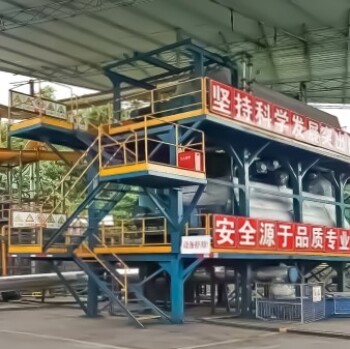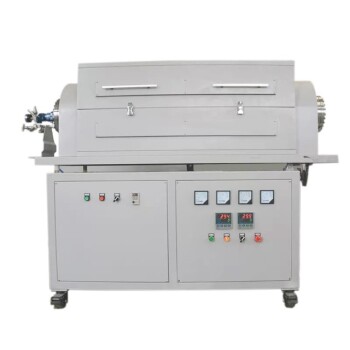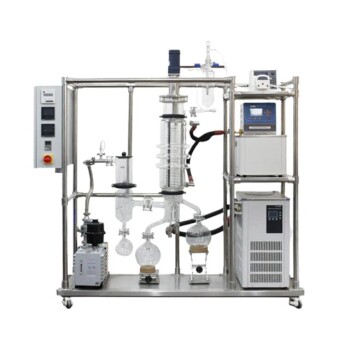The different types of biomass pyrolysis are conventional/slow pyrolysis, fast pyrolysis, and ultra-fast/flash pyrolysis.
1. Conventional/slow pyrolysis: This method involves heating biomass at temperatures ranging from 400-500°C. The major products of this process are gases, char, and bio-oil (tar).
2. Fast pyrolysis: In fast pyrolysis, biomass is heated at temperatures ranging from 400-650°C. The main product obtained from this process is bio-oil, which is thinner compared to the bio-oil obtained from conventional pyrolysis. In addition to bio-oil, fast pyrolysis also produces gases and char.
3. Ultra-fast/flash pyrolysis: This method involves heating biomass at high temperatures, typically ranging from 700-1000°C. The main product obtained from ultra-fast/flash pyrolysis is gases, with bio-oil being a secondary product.
The choice of biomass for pyrolysis depends on factors such as composition, availability, and cost. Some examples of biomass suitable for pyrolysis include primary wood waste, energy crops, agricultural waste, municipal solid waste, algae, and biomass from invasive species. Wood waste can be converted into biochar, bio-oil, and syngas through pyrolysis. Agricultural waste such as straw, corn stover, and rice husks can also be converted into biofuels and biochar. Municipal solid waste can be converted into biofuels, biochar, and syngas. Algae can be converted into biofuels and biochar, and biomass from invasive species can also be converted into biofuels and biochar.
Different types of reactors are used for biomass pyrolysis. Cyclone reactors are suitable for fast pyrolysis and have a conical shape. Fixed bed reactors, on the other hand, are suitable for slow pyrolysis. These reactors supply heat from the outside, and the major outcome is biochar.
In summary, biomass pyrolysis is a thermochemical technology that converts biomass into biochar, pyrolysis gas, and bio-oil. The type of pyrolysis (conventional/slow, fast, or ultra-fast/flash) depends on the temperature at which the biomass is heated. Different types of biomass can be used for pyrolysis, and the choice depends on factors such as composition, availability, and cost. The type of reactor used also varies depending on the purpose, with cyclone reactors suitable for fast pyrolysis and fixed bed reactors suitable for slow pyrolysis.
Looking for high-quality laboratory equipment for biomass pyrolysis? Look no further than KINTEK! We offer a wide range of cutting-edge reactors, including cyclone reactors and fixed bed reactors, to meet your specific pyrolysis needs. Our equipment is designed for efficiency and precision, ensuring optimal results in your biomass conversion process. Whether you're working with primary wood waste, energy crops, agricultural waste, or municipal solid waste, KINTEK has you covered. Don't compromise on quality - choose KINTEK for all your biomass pyrolysis equipment requirements. Contact us today for a personalized solution!












